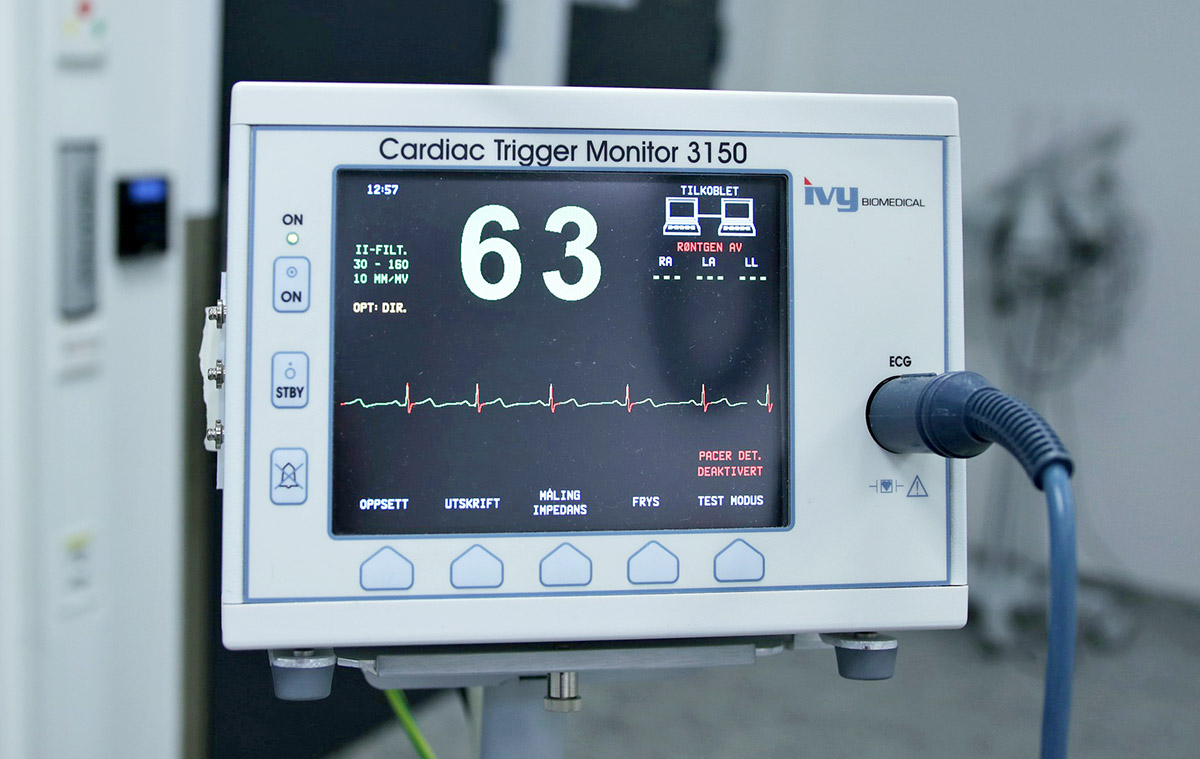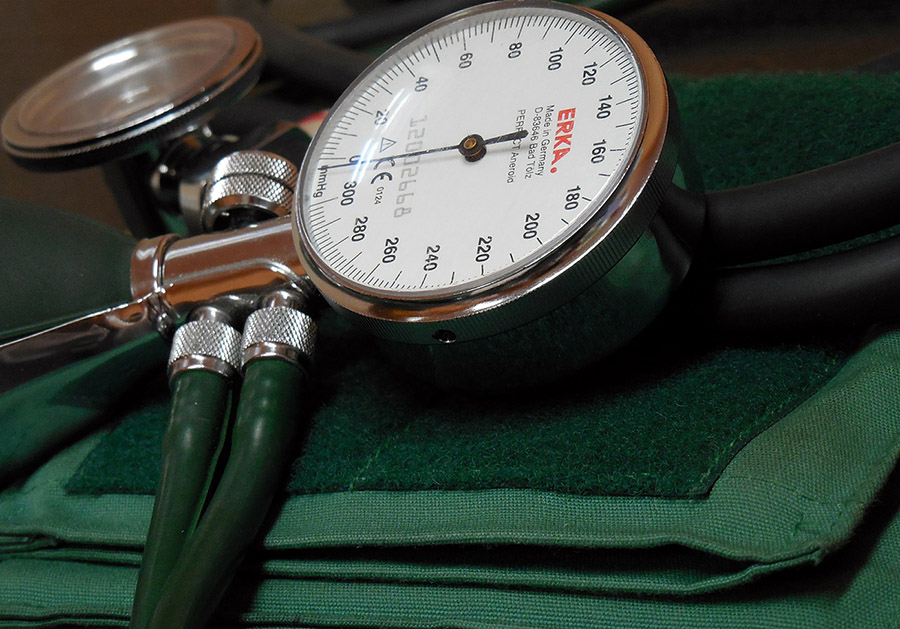We are medical device industry regulatory experts
The consultants at Medical Devices and Pharma have decades of aggregated experience working with a variety of medical devices. That includes expert knowledge of regulations from the U.S. Food and Drug Administration (FDA), Health Canada (HC), the European Union (EU) and other global regulatory bodies. We offer current information about new and novel medical devices, device safety alerts, industry news, and enforcement actions like FDA warning letters. Our regulatory specialists can expertly compile, prepare, and submit regulatory submissions for regulatory marketing authorization, like an FDA 510(k) premarket submission.
What is a medical device?
The definition of a medical device encompasses a wide range of complexity and purposes, from a walking cane to an artificial heart. It can be a physical apparatus or something like software or a chemical reagent.
Regardless of its form or composition, a product is defined as a medical device if it is used to diagnose a medical issue; alleviate, prevent or minimize the risk of a medical problem; or to provide medical treatment.
The differences between medical devices and pharmaceuticals.
Is your product a medical device?
Let us answer your questions about your medical device product, from device classification and requirements to establishment registration and device listings and requirements you need to follow in order to market the product in the U.S. Click here to contact us.
The FDA defines a medical device as:
An instrument, apparatus, implement, machine, contrivance, implant, in vitro reagent, or other similar or related article, including a component part or accessory which is:
- Recognized in the official National Formulary, or the United States Pharmacopoeia, or any supplement to them,
- Intended for use in the diagnosis of disease or other conditions, or in the cure, mitigation, treatment, or prevention of disease, in man or other animals, or
- Intended to affect the structure or any function of the body of man or other animals, and which does not achieve its primary intended purposes through chemical action within or on the body of man or other animals and
- Which does not achieve its primary intended purposes through chemical action within or on the body of man or other animals and which is not dependent upon being metabolized for the achievement of its primary intended purposes.
The term “device” does not include software functions excluded pursuant to section 520(o). Source: “Is the Product a Medical Device?“
Pre-amendment and post-amendment devices
Devices are also identified as pre-amendment or post-amendment based on when they received FDA market clearance. This makes a difference for how a manufacturer can put a device on the U.S. market.
Pre-amendment devices were on the market prior to the enactment of the Medical Device Amendments (MDA) of the Food, Drug and Cosmetic Act on May 28, 1976. They do not require a premarket approval (PMA) or premarket notification (510(k)) submission prior to market entry.
Post-amendment devices received marketing approval after the enactment of the MDA in 1976. Class III devices require the FDA approval of a PMA before the device can be sold on the market. Most class II and some class I devices require a 510(k) premarket notification submission to demonstrate that they are substantially equivalent to a medical device that is currently marketed in the U.S.
Medical Device Headlines
Medos International Recalls CEREBASE DA Guide Sheath
Urgent Class I Recall Notice Medos International Sàrl has issued an urgent recall for the Cerenovus CEREBASE DA Guide Sheath, a neurovascular catheter commonly used in procedures requiring precise navigation and access to blood vessels in the brain. The recall was...
Asensus Surgical Inc Issues Recall for Senhance Surgical System
Class I Recall Notice Asensus Surgical Inc. has announced a recall for its Senhance Surgical System due to malfunctions leading to unintended movement of the robotically-assisted surgical device. Device Use The Senhance Surgical System is a vital tool utilized in...
Datex-Ohmeda Issues Field Correction for EVair Air Compressors
Urgent Class I Recall Notice Datex-Ohmeda Inc. has announced a field correction for its EVair and Jun-air compressors, optional ventilator accessories designed to provide an alternative source of airflow for patient support in clinical settings where wall air is...
Differences between BiPAP and CPAP
What Are the Differences between BiPAP and CPAP Machines? BiPAP (Bilevel Positive Airway Pressure) and CPAP (Continuous Positive Airway Pressure) machines are both commonly used to treat sleep apnea, a condition where breathing repeatedly stops and starts during...
CPAP Machines
What Is a CPAP Machine? A CPAP (Continuous Positive Airway Pressure) machine is a medical device used primarily to treat sleep apnea, a condition characterized by pauses in breathing or shallow breaths during sleep. CPAP therapy involves delivering a continuous...
Urgent Recall Notice for ARROW QuickFlash Catheterization Kits
Urgent Recall Notice for ARROW QuickFlash Catheterization Kits In February 2024, Teleflex and its subsidiary Arrow International issued an urgent recall notice for the ARROW QuickFlash Radial Artery and Radial Artery/Arterial Line Catheterization Kits. Today, a...
Plastic Syringe Safety: FDA’s Ongoing Evaluation
Today, the U.S. Food and Drug Administration (FDA) provided a crucial update regarding the quality and performance issues associated with plastic syringes made in China. This announcement follows the agency's previous safety communication issued on November 30, 2023,...
Original FDA Safety Warning for China-made Syringes
In an announcement dated November 30, 2023, the U.S. Food and Drug Administration (FDA) issued a notice regarding the evaluation of potential device failures associated with plastic syringes manufactured in China. The FDA is actively collecting and analyzing data to...
Electrical Stimulation Devices – ESDs
Devices use controlled electrical pulses Electrical stimulation medical devices are sophisticated tools designed to deliver controlled electrical impulses to specific areas of the body for therapeutic purposes. These devices utilize various forms of electrical...
FDA Proposes Ban of Certain ESDs
Ban would affect devices used to treat aggressive/self-injurious behavior In a landmark move, the U.S. Food and Drug Administration (FDA) has proposed a ban on electrical stimulation devices (ESDs) designed to reduce or stop self-injurious or aggressive behavior. This...


